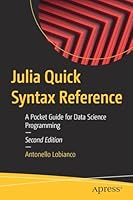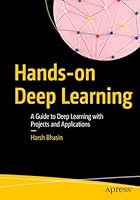
Pi: A Source Book
- Length: 816 pages
- Edition: 3
- Language: English
- Publisher: Springer
- Publication Date: 2004-06-17
- ISBN-10: 0387205713
- ISBN-13: 9780387205717
This book documents the history of pi from the dawn of mathematical time to the present. One of the beauties of the literature on pi is that it allows for the inclusion of very modern, yet accessible, mathematics. The articles on pi collected herein include selections from the mathematical and computational literature over four millennia, a variety of historical studies on the cultural significance of the number, and an assortment of anecdotal, fanciful, and simply amusing pieces.
For this new edition, the authors have updated the original material while adding new material of historical and cultural interest. There is a substantial exposition of the recent history of the computation of digits of pi, a discussion of the normality of the distribution of the digits, new translations of works by Viete and Huygen, as well as Kaplansky’s never-before-published “Song of Pi.”
From the reviews of earlier editions:
“Few mathematics books serve a wider potential readership than does a source book and this particular one is admirably designed to cater for a broad spectrum of tastes: professional mathematicians with research interest in related subjects, historians of mathematics, teachers at all levels searching out material for individual talks and student projects, and amateurs who will find much to amuse and inform them in this leafy tome. The authors are to be congratulated on their good taste in preparing such a rich and varied banquet with which to celebrate pi.”
– Roger Webster for the Bulletin of the LMS
“The judicious representative selection makes this a useful addition to one’s library as a reference book, an enjoyable survey of developments and a source of elegant and deep mathematics of different eras.”
– Ed Barbeau for MathSciNet
“Full of useful formulas and ideas, it is a vast source of inspiration to any mathematician, A level and upwards-a necessity in any maths library.”
– New Scientist







